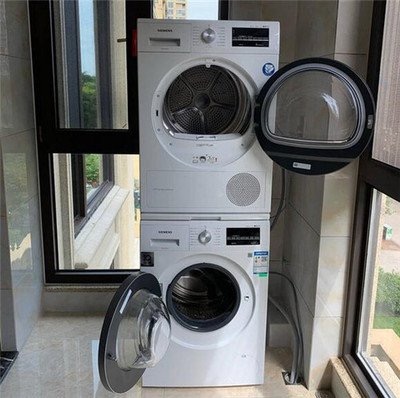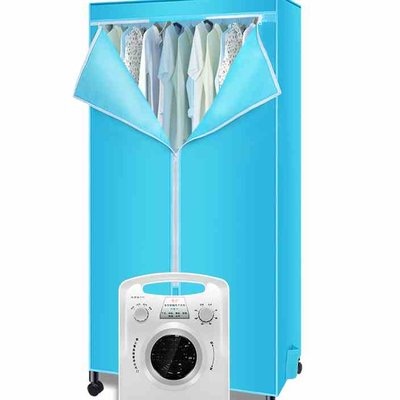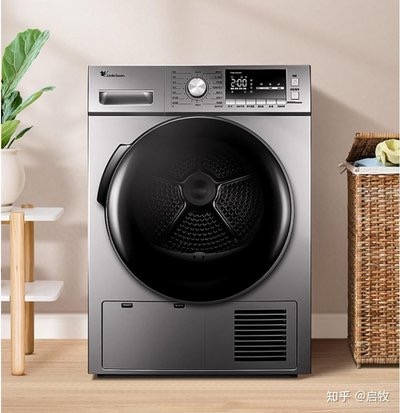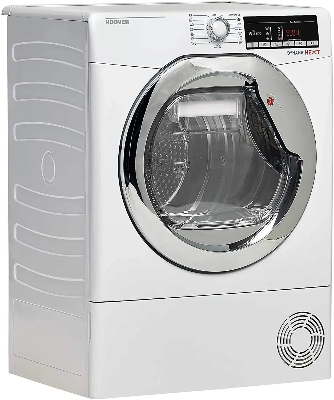
Content Menu
● Introduction
● Basic Components and Their Functions
>> The Drum System
>> Heating Element
● The Drying Process
>> Air Circulation
>> Temperature Control
● Types of Dryers
>> Vented Dryers
>> Condenser Dryers
>> Heat Pump Dryers
● Energy Efficiency and Performance
>> Energy Conservation Features
>> Performance Factors
● Maintenance and Care
>> Regular Maintenance
>> Professional Service
● Smart Features and Technology
>> Modern Conveniences
>> Safety Features
● Troubleshooting Common Issues
>> Performance Problems
>> Solutions and Fixes
● Environmental Impact
>> Energy Consumption
>> Sustainable Options
● Frequently Asked Questions
>> Q1: How often should I clean my dryer's lint filter?
>> Q2: Why is my dryer taking longer than usual to dry clothes?
>> Q3: What's the difference between sensor dry and timed dry?
>> Q4: Can all fabrics be machine dried?
>> Q5: How can I make my dryer more energy efficient?
>> Q6: What causes a dryer to make unusual noises?
Introduction
Understanding how dryers work is essential for anyone looking to maintain their appliance and optimize its performance. Modern clothes dryers are sophisticated machines that combine multiple technologies to effectively remove moisture from our garments. This comprehensive guide will explore the intricate workings of different types of dryers, their components, and the science behind the drying process.
Basic Components and Their Functions
The Drum System
The drum is the heart of any dryer, designed to:
- Hold and tumble clothes
- Ensure even heat distribution
- Facilitate airflow through garments
- Prevent clothing tangles

Heating Element
The heating system varies by dryer type:
- Electric heating coils
- Gas burners
- Heat pump technology
- Steam generators
The Drying Process
Air Circulation
The process involves several key steps:
- Air intake from the environment
- Heating of incoming air
- Distribution through the drum
- Moisture extraction
- Air exhaust or recycling
Temperature Control
Modern dryers maintain optimal temperature through:
- Thermostats
- Temperature sensors
- Electronic controls
- Safety shut-offs

Types of Dryers
Vented Dryers
Traditional vented dryers operate by:
- Drawing in room temperature air
- Heating the air
- Circulating it through clothes
- Exhausting humid air outside
Condenser Dryers
These units work differently:
- Recycling heated air
- Condensing moisture
- Collecting water in a reservoir
- No external venting required
Heat Pump Dryers
The most efficient type featuring:
- Closed-loop heat exchange
- Lower operating temperatures
- Energy-efficient operation
- Gentle fabric care
Energy Efficiency and Performance
Energy Conservation Features
Modern dryers include:
- Moisture sensors
- Auto-shutoff systems
- Energy-saving modes
- Smart programming
Performance Factors
Drying effectiveness depends on:
- Load size
- Fabric types
- Temperature settings
- Airflow efficiency
Maintenance and Care
Regular Maintenance
Essential tasks include:
- Lint filter cleaning
- Vent inspection
- Drum cleaning
- Sensor wiping
Professional Service
Periodic professional maintenance involves:
- Deep vent cleaning
- Component inspection
- Belt adjustment
- Electrical testing
Smart Features and Technology
Modern Conveniences
Latest features include:
- WiFi connectivity
- Smartphone control
- Custom programs
- Energy monitoring
Safety Features
Important safety systems:
- Door switches
- Temperature limiters
- Moisture detection
- Auto shut-off
Troubleshooting Common Issues
Performance Problems
Common issues include:
- Long drying times
- Uneven drying
- Excessive noise
- Poor heating
Solutions and Fixes
Basic troubleshooting steps:
- Check venting
- Clean filters
- Verify settings
- Inspect components
Environmental Impact
Energy Consumption
Considerations include:
- Power usage
- Carbon footprint
- Energy ratings
- Efficiency standards
Sustainable Options
Eco-friendly alternatives:
- Heat pump technology
- Solar-powered systems
- Energy-efficient models
- Smart programming

Frequently Asked Questions
Q1: How often should I clean my dryer's lint filter?
A: The lint filter should be cleaned before or after every drying cycle. This maintains optimal airflow, ensures efficient drying, and prevents potential fire hazards.
Q2: Why is my dryer taking longer than usual to dry clothes?
A: Extended drying times usually indicate restricted airflow, which can be caused by lint buildup in the filter or vent system, overloading, or mechanical issues. Regular maintenance and proper loading can prevent this problem.
Q3: What's the difference between sensor dry and timed dry?
A: Sensor dry uses moisture sensors to automatically stop the cycle when clothes reach the desired dryness level, while timed dry runs for a set duration regardless of clothes' moisture content. Sensor dry is typically more energy-efficient.
Q4: Can all fabrics be machine dried?
A: No, not all fabrics are suitable for machine drying. Always check garment care labels, as some materials can shrink, damage, or lose shape in the dryer. Delicate items often require air drying or special care.
Q5: How can I make my dryer more energy efficient?
A: To improve energy efficiency, clean the lint filter regularly, ensure proper venting, avoid overloading, use appropriate temperature settings, and consider upgrading to an energy-efficient model like a heat pump dryer.
Q6: What causes a dryer to make unusual noises?
A: Unusual noises can be caused by worn drum rollers, damaged belt, foreign objects in the drum, or loose components. If you hear strange sounds, it's best to have the appliance inspected by a professional.












